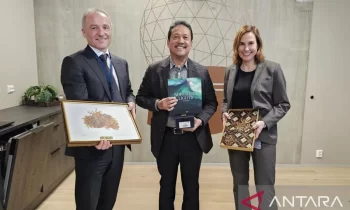 If you’re in academia, you’ve likely heard the mandate, “Publish or perish.” However, a recent report from the Research Council of Norway reveals that more than a quarter of the country’s humanities researchers haven’t published. Here’s a closer look at the data, along with other key findings and suggestions aimed at facilitating growth in humanities research in Norway.
If you’re in academia, you’ve likely heard the mandate, “Publish or perish.” However, a recent report from the Research Council of Norway reveals that more than a quarter of the country’s humanities researchers haven’t published. Here’s a closer look at the data, along with other key findings and suggestions aimed at facilitating growth in humanities research in Norway.
A Thriving Discipline
After evaluating the scope of humanities research over the past 30 years, the report, “Evaluation of the Humanities in Norway,” reveals that “Norwegian humanities research is well resourced and holds a high international standard in a number of areas.” Additionally, volume, quality, productivity, internationalization, and collaboration have all improved over the past decade.
The data also reveals that while a full 26 percent of researchers haven’t published, publication output is increasing — particularly in the areas of aesthetic studies, media studies, and Nordic and comparative literature. Furthermore, the average rate of publication for humanities researchers topped the average rates of publication for researchers across all of the country’s disciplines.
A Call for Expansion and Internationalization
Despite the positives, the report also identifies potential areas of improvement. For starters, while Norway humanities research does have many “pockets of excellence,” institutions should still be aspiring to reach “the highest levels of international performance.”
To that end, in addition to calling for more output, collaboration, and the development of “research culture,” the report also urged humanities researchers to broaden their perspectives through increased inbound and outbound exchange.
Said principal evaluation committee chair Shearer West, “In a number of instances, humanities research focuses on Norwegian issues and contexts. This is reasonable and understanding in some areas such as Norwegian language, literature and history. However, we believe there is much to be gained from considering how topics, questions and problems investigated in Norwegian case studies can be linked to larger, comparable international phenomena.”
(masterstudies)



